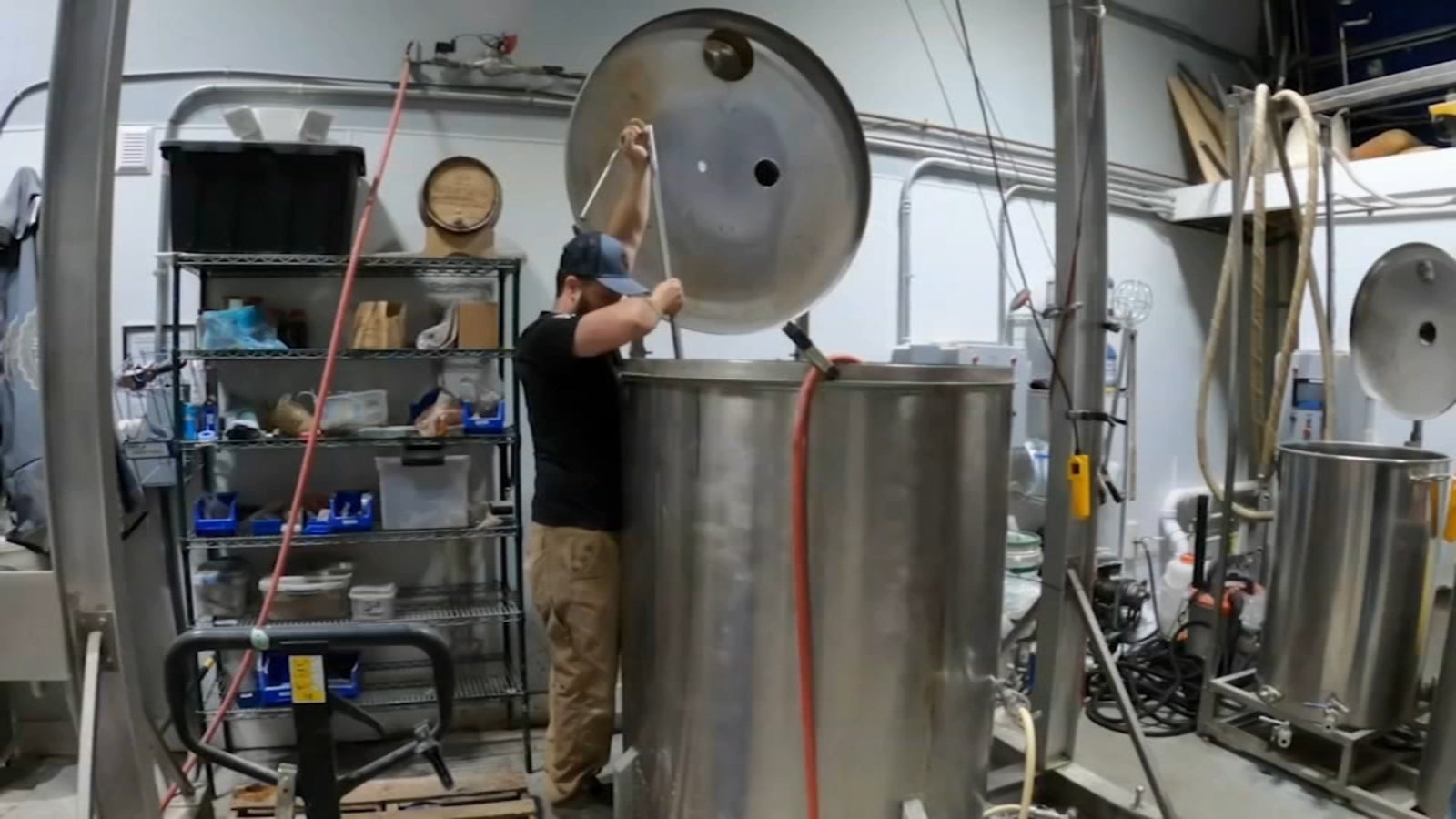Discover the very best Breweries in Galveston Texas: A Beer Fan's Guide
Discover the very best Breweries in Galveston Texas: A Beer Fan's Guide
Blog Article
Mastering the Craft of Distillation: a Deep Study Distillery Traditions
Checking out the elaborate art of purification introduces a world steeped in classic customs that have actually shaped the spirits we enjoy today. From the old beginnings of distillation strategies to the contemporary evolution of distillery tools, each action in the procedure brings with it an abundant tapestry of history and expertise. As we dive into the fragile balance of modern-day versus standard distilling practices and discover the relevance of crucial ingredients, a much deeper understanding emerges of the profound effect distillery practices carry the spirits we savor.
Beginnings of Purification Methods
The advancement of distillation methods has an abundant background that traces back to old human beings. The principle of dividing parts based on their various boiling factors laid the structure for the advanced distillation procedures we have today.
The earliest proof of purification days back to around 3000 BC in Mesopotamia, where clay pots were made use of to boil down fragrances and fragrant oils. The Egyptians additionally progressed these techniques, utilizing distillation for embalming techniques and medical functions. The Greeks, significantly figures like Aristotle and Hippocrates, added to the academic understanding of purification.
Gradually, distillation spread to areas like India, China, and the Center East, each culture adding its special touch to the craft. The development of distillation techniques proceeded with the Middle Ages and the Renaissance, eventually leading to the varied variety of purification processes used in contemporary distilleries worldwide.
Evolution of Distillery Equipment

With developments in technology and a deeper understanding of the purification procedure, modern distilleries now utilize a range of advanced tools to create spirits of the finest quality. Today, distillation devices consists of column stills, reflux stills, and hybrid stills, each designed to provide to particular distillation needs. These modern-day stills provide better temperature level regulation, increased distillation precision, and better effectiveness in dividing alcohol from pollutants.
Along with stills, distilleries currently use innovative condensers, fermenters, and purification systems to more improve the extract. The development of distillery devices remains to play a critical role in forming the varied variety of spirits offered in the market today.
Standard Vs. Modern Distilling Practices
Conversely, contemporary distilling methods utilize innovative innovation and development to enhance production processes and enhance uniformity. Automated systems, electronic controls, and cutting edge equipment enable modern distilleries to produce spirits more successfully and with higher precision.
While typical distilling methods are cherished for their heritage and the distinct tastes they produce, modern-day techniques supply benefits in terms of scalability, quality control, and sustainability. By incorporating clinical innovations and contemporary design, distillers can maximize production, minimize waste, and satisfy the demands these days's market better. Ultimately, the option in between modern-day and traditional distilling methods frequently relies on the distillery's objectives, values, and target audience.
Key Ingredients in Purification Refine
Within the craft of distillation, the selection of essential ingredients plays a crucial function in establishing the taste profile and high quality of the spirits produced. The primary active ingredients utilized in the distillation process are typically water, yeast, and a fermentable resource such as grains, fruits, or sugarcane.
Water is an essential element as it not only waters down the alcohol web content to a tasty degree yet also influences the total mouthfeel and appearance of the spirit. The top quality and mineral material of the water used can substantially affect the end product.
Yeast is one more essential ingredient that converts the sugars present in the fermentable source right into alcohol through the procedure of fermentation. Various strains of yeast can create differing fragrances and tastes, contributing to the unique attributes why not try these out of the spirit.

Impact of Distillery Traditions on Spirits
The influence of longstanding distillery practices on spirits prolongs beyond the choice of essential active ingredients, forming the really significance and character of the final distilled items (Breweries in Galveston Texas). These customs, passed down via generations, play a crucial function in specifying the unique taste accounts and qualities that identify one spirit from another
Distillery traditions encompass a wide variety of methods, from the particular methods utilized in distillation to the option of aging processes used. The usage of standard copper pot stills in whiskey manufacturing is believed to impart particular flavors and qualities that are extremely valued by lovers. The aging of spirits in oak barrels, a technique deeply rooted in distilling practices, adds to the growth of intricate aromas and tastes over time.

Final Thought
To conclude, the practices of distillation have a rich history that has developed over time. From the beginnings of distillation techniques to the modern-day practices, the effect of distillery traditions on spirits is obvious. By recognizing the essential ingredients in the distillation process and the development of distillery devices, one can value the workmanship and artistry that goes right into creating premium spirits. Distillery customs play a vital role in forming the spirits industry and maintaining this page the heritage of purification practices.
Throughout the background of purification, the equipment used in distilleries has undergone considerable development to enhance effectiveness and top quality of the distillation process.With innovations in innovation and a much deeper understanding of the distillation process, modern-day distilleries now use a selection of innovative equipment to create spirits of the greatest top quality. Today, distillation equipment consists of column stills, reflux stills, and hybrid stills, each made to cater to certain distillation requirements. From the beginnings of distillation strategies to the modern-day techniques, the impact of distillery traditions on spirits navigate to this site is undeniable. Distillery customs play an important function in forming the spirits sector and protecting the heritage of distillation techniques.
Report this page